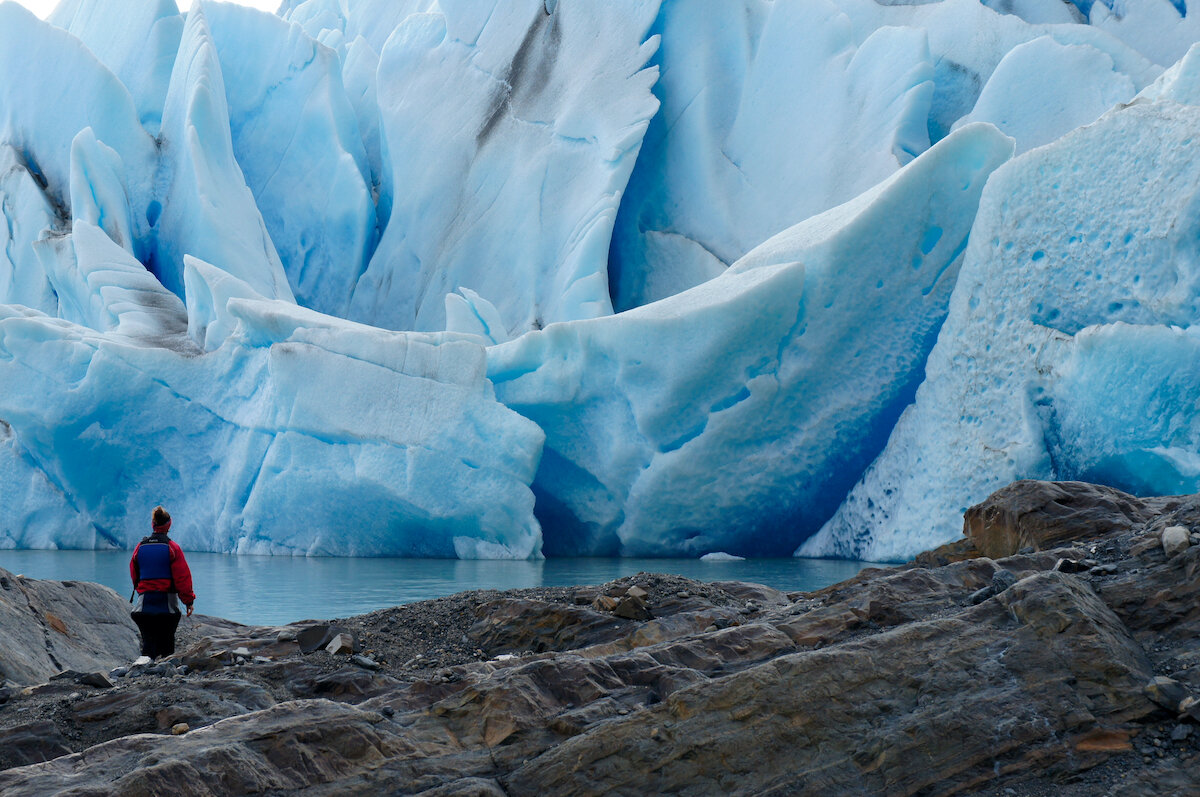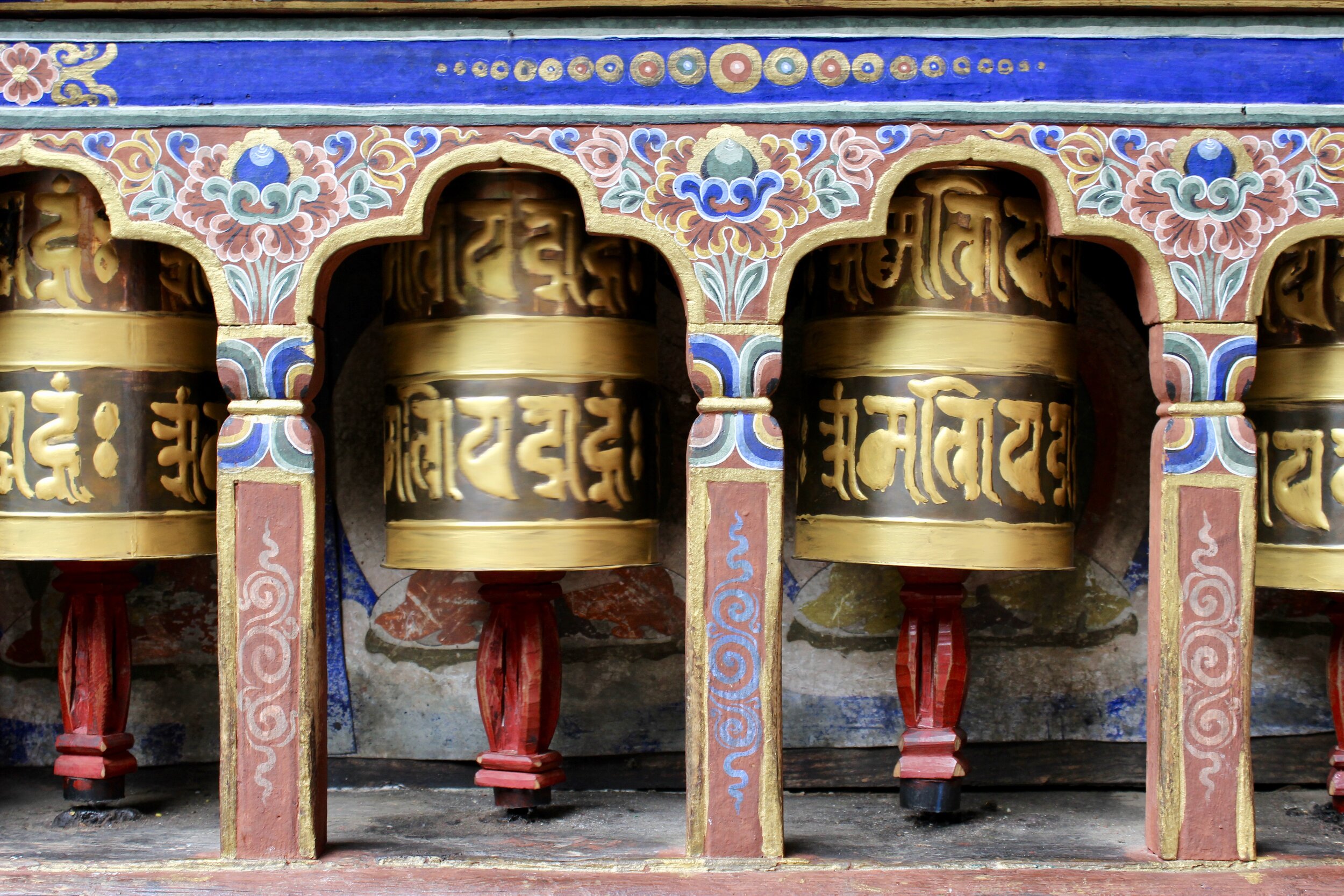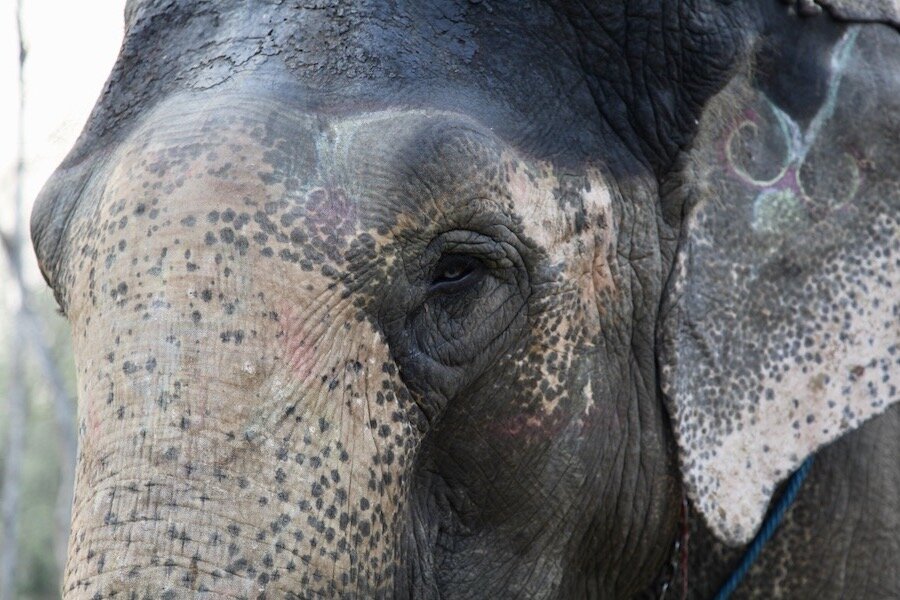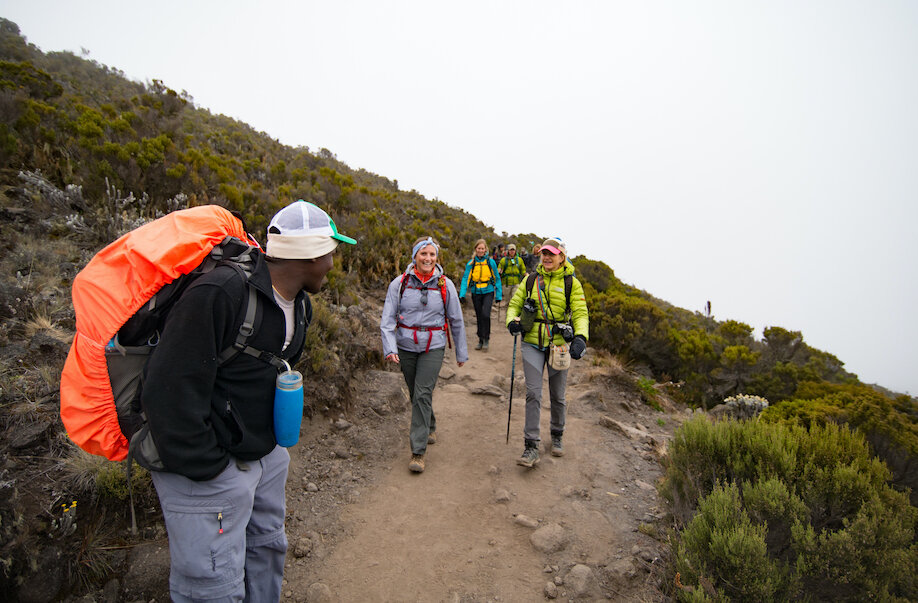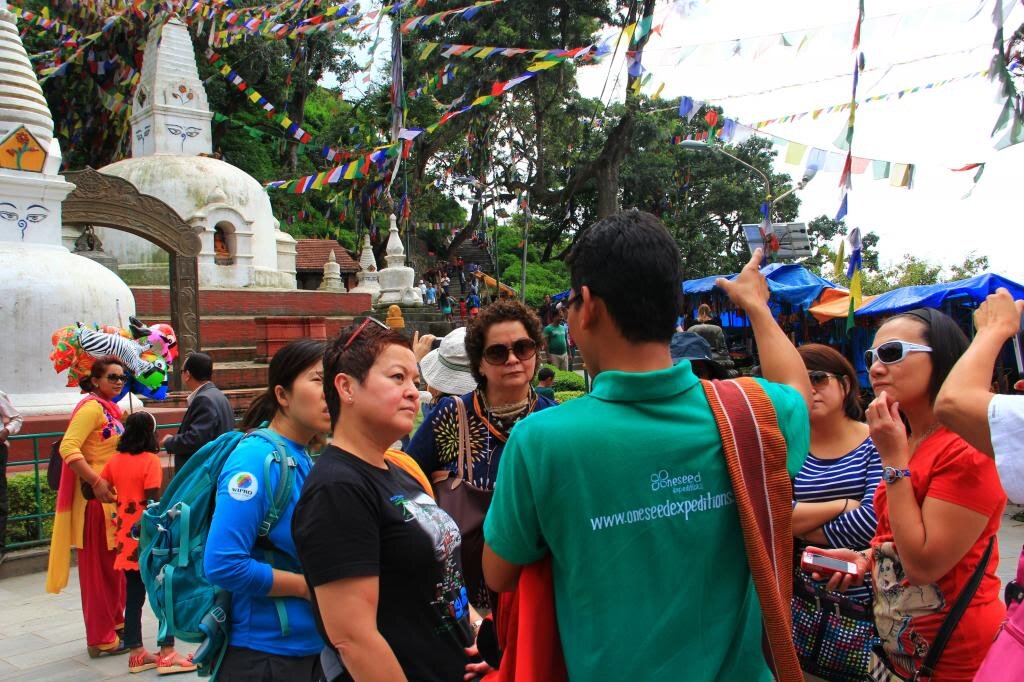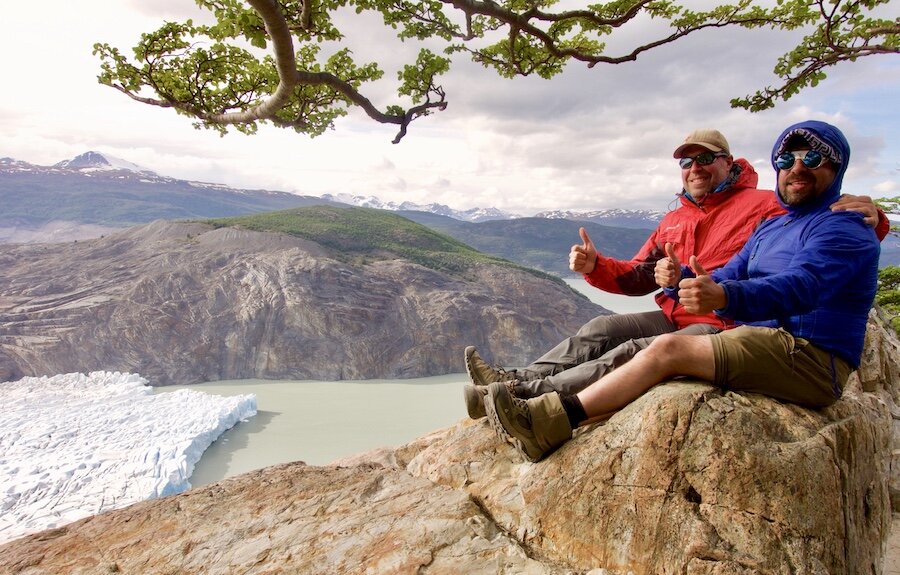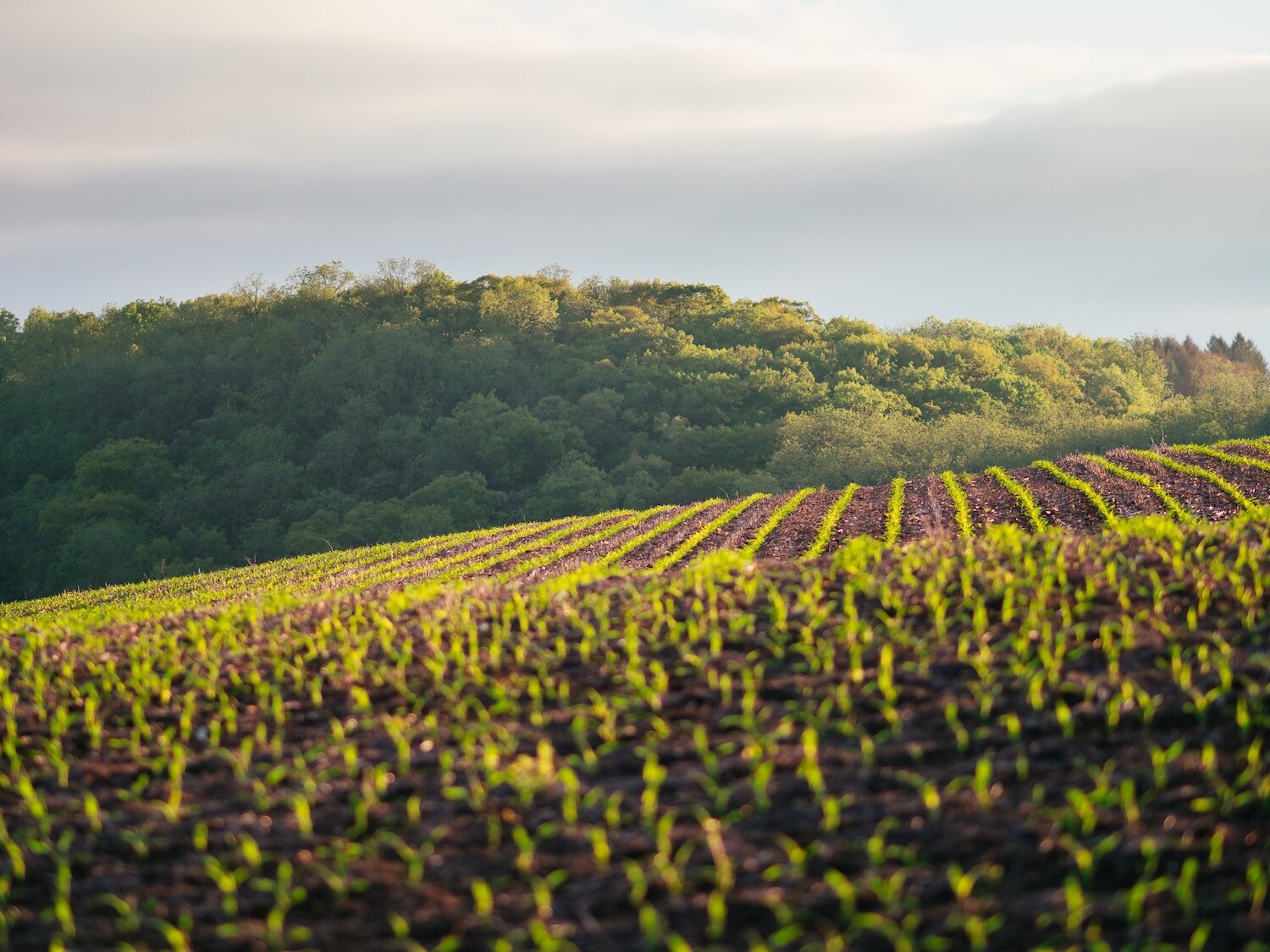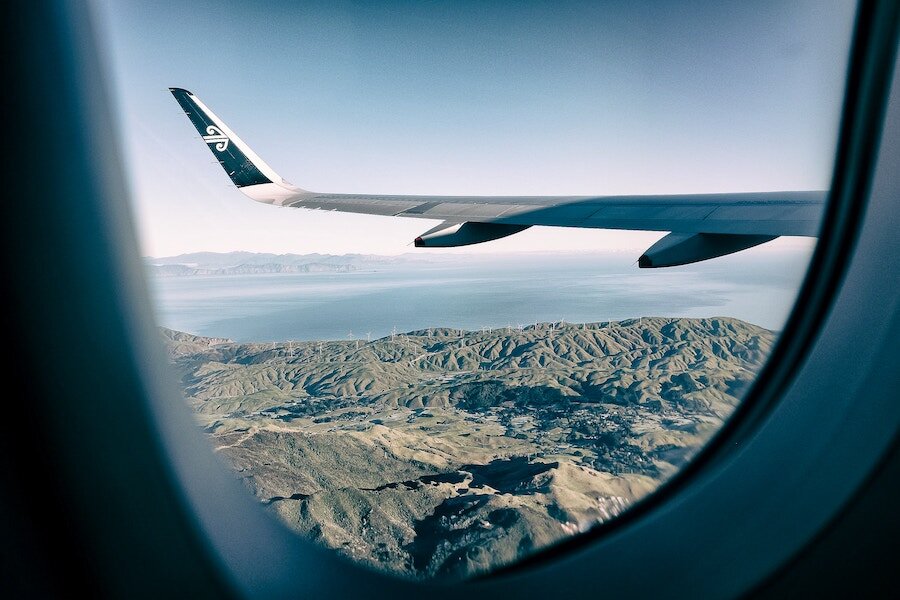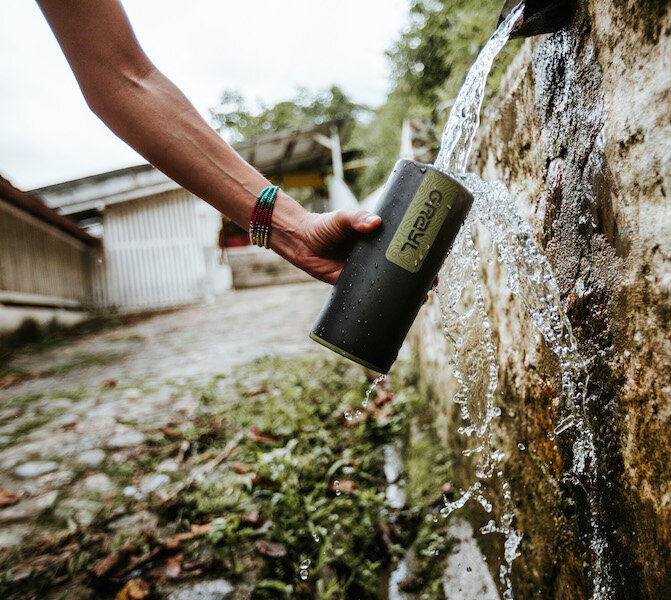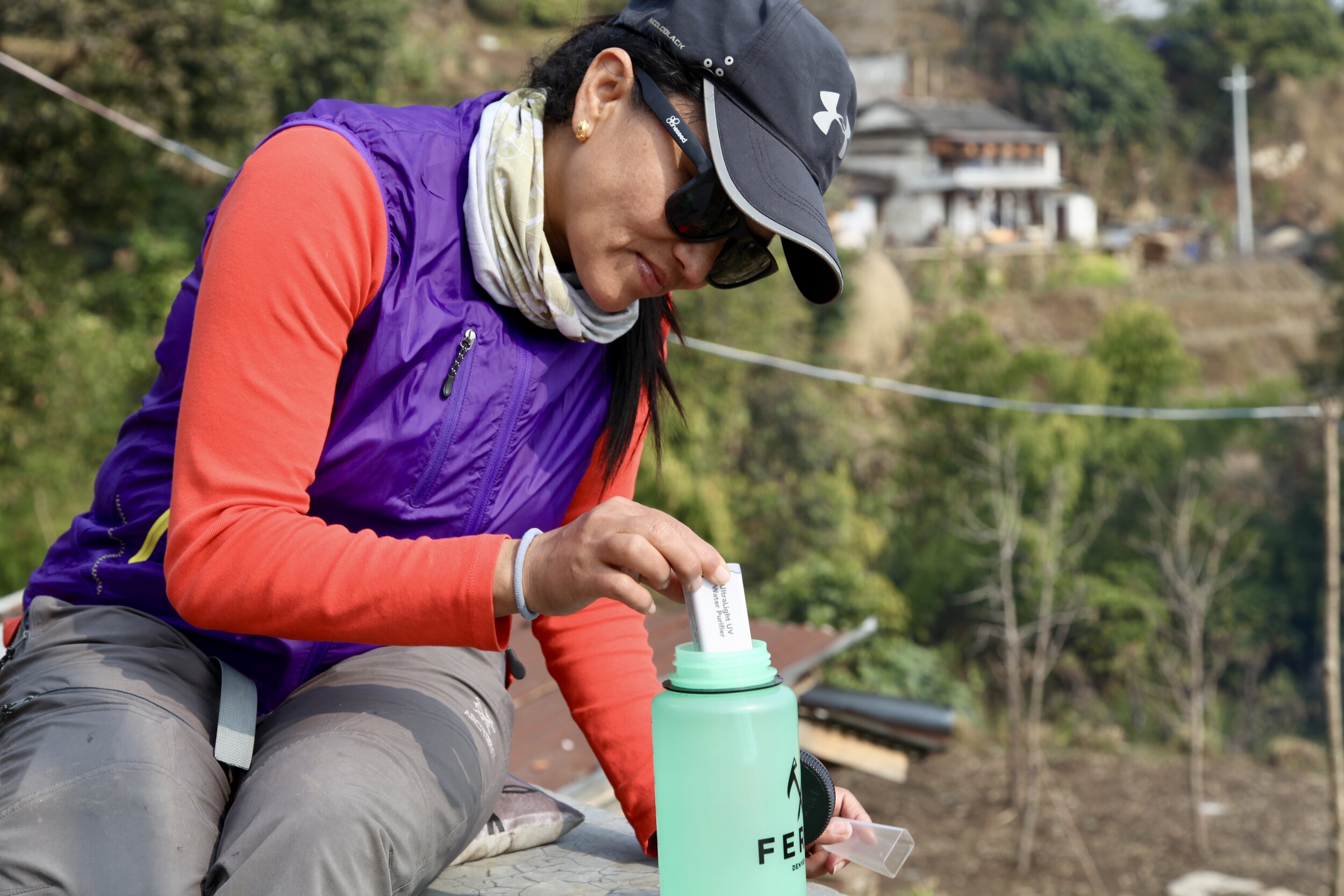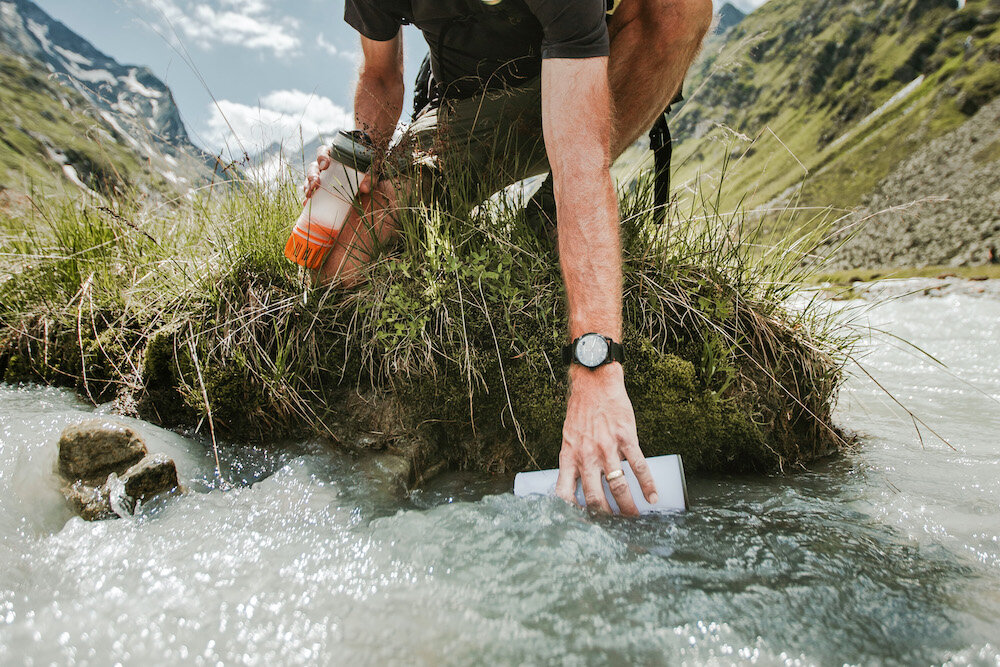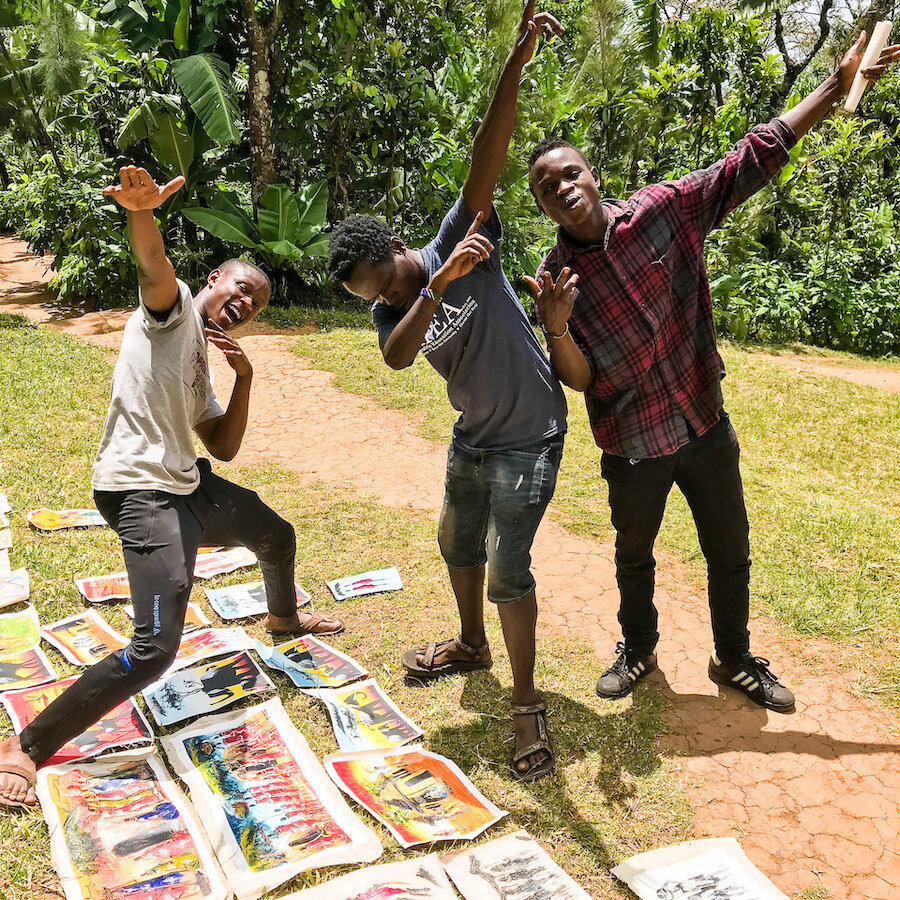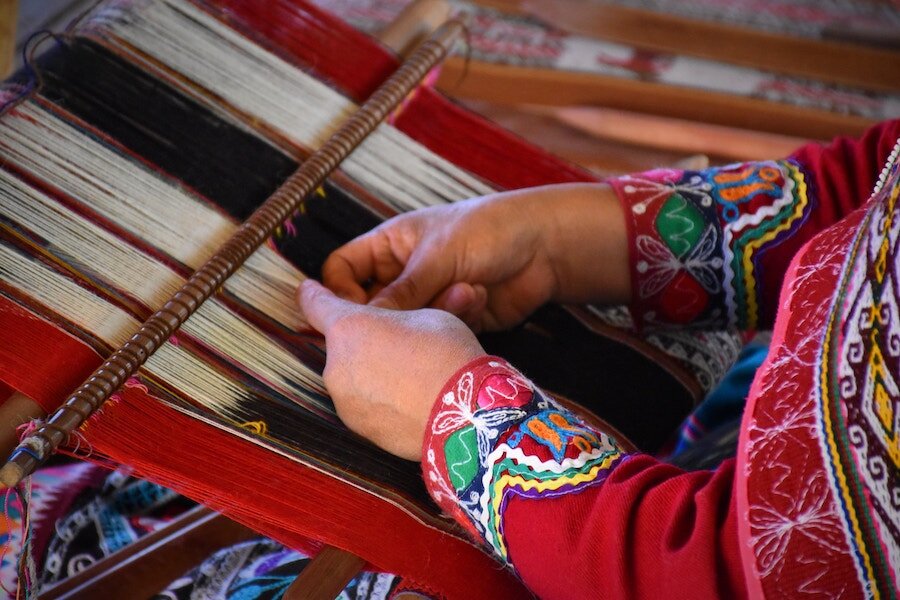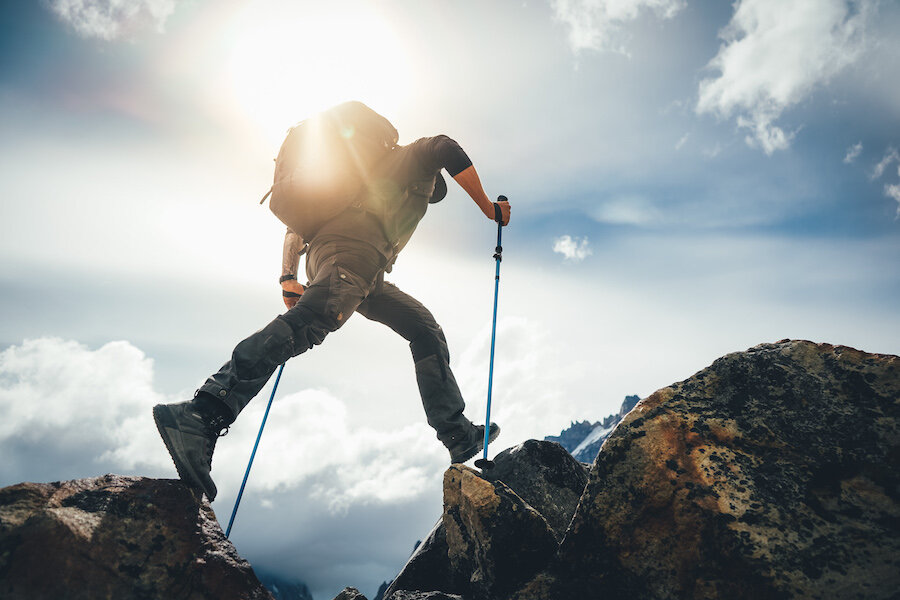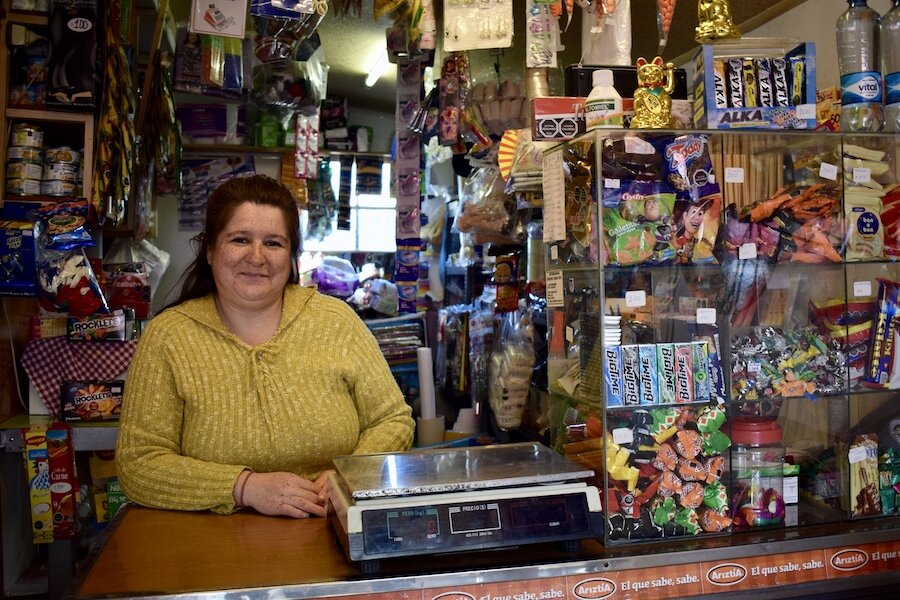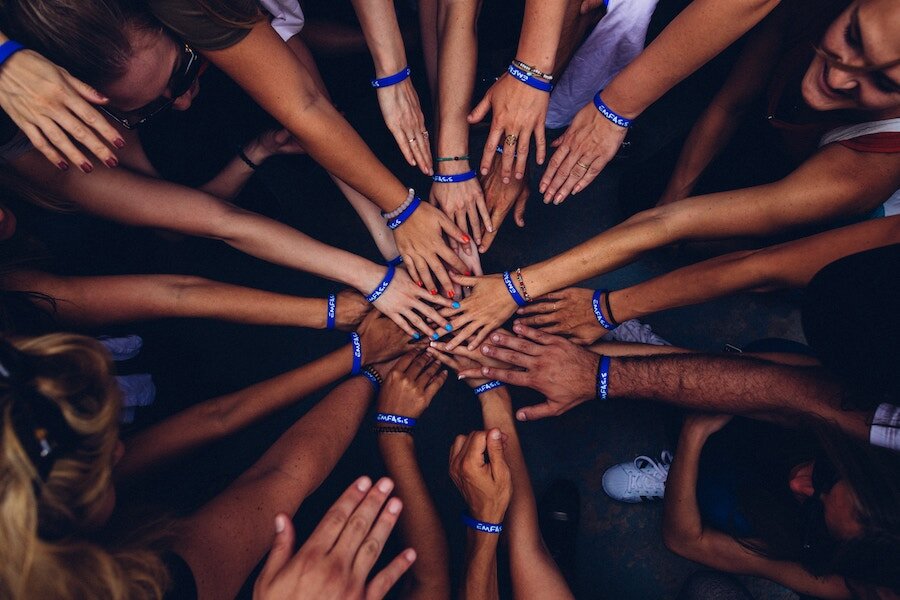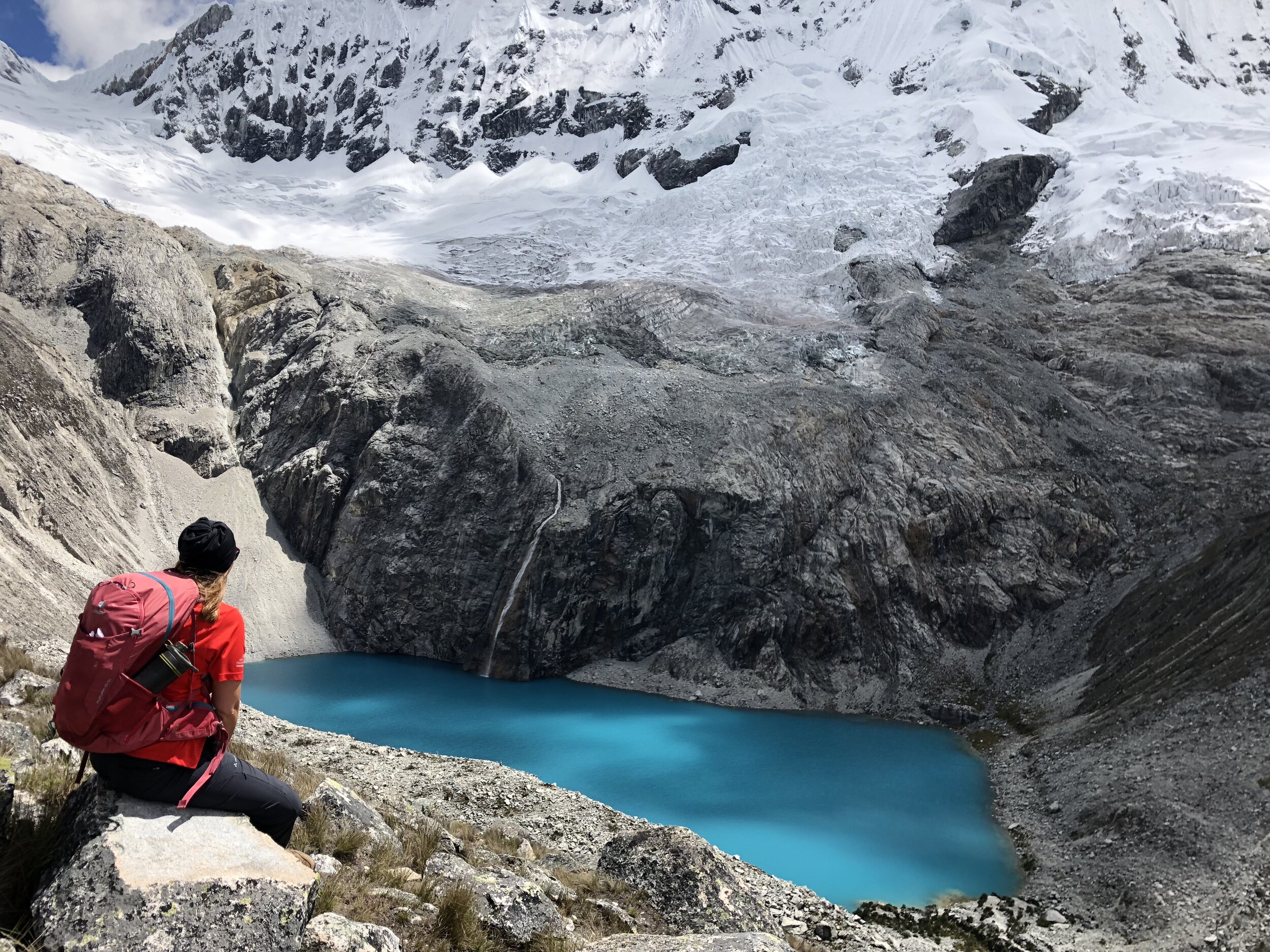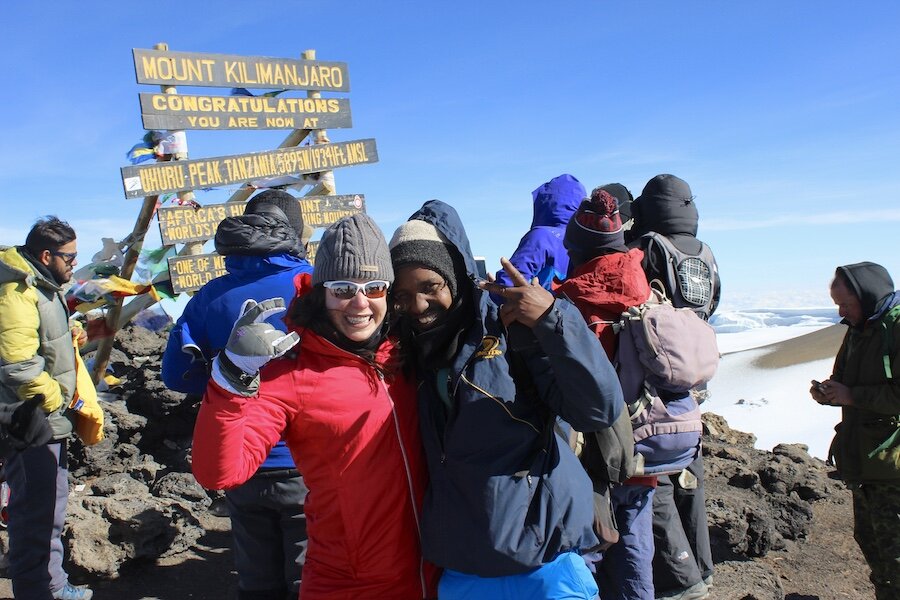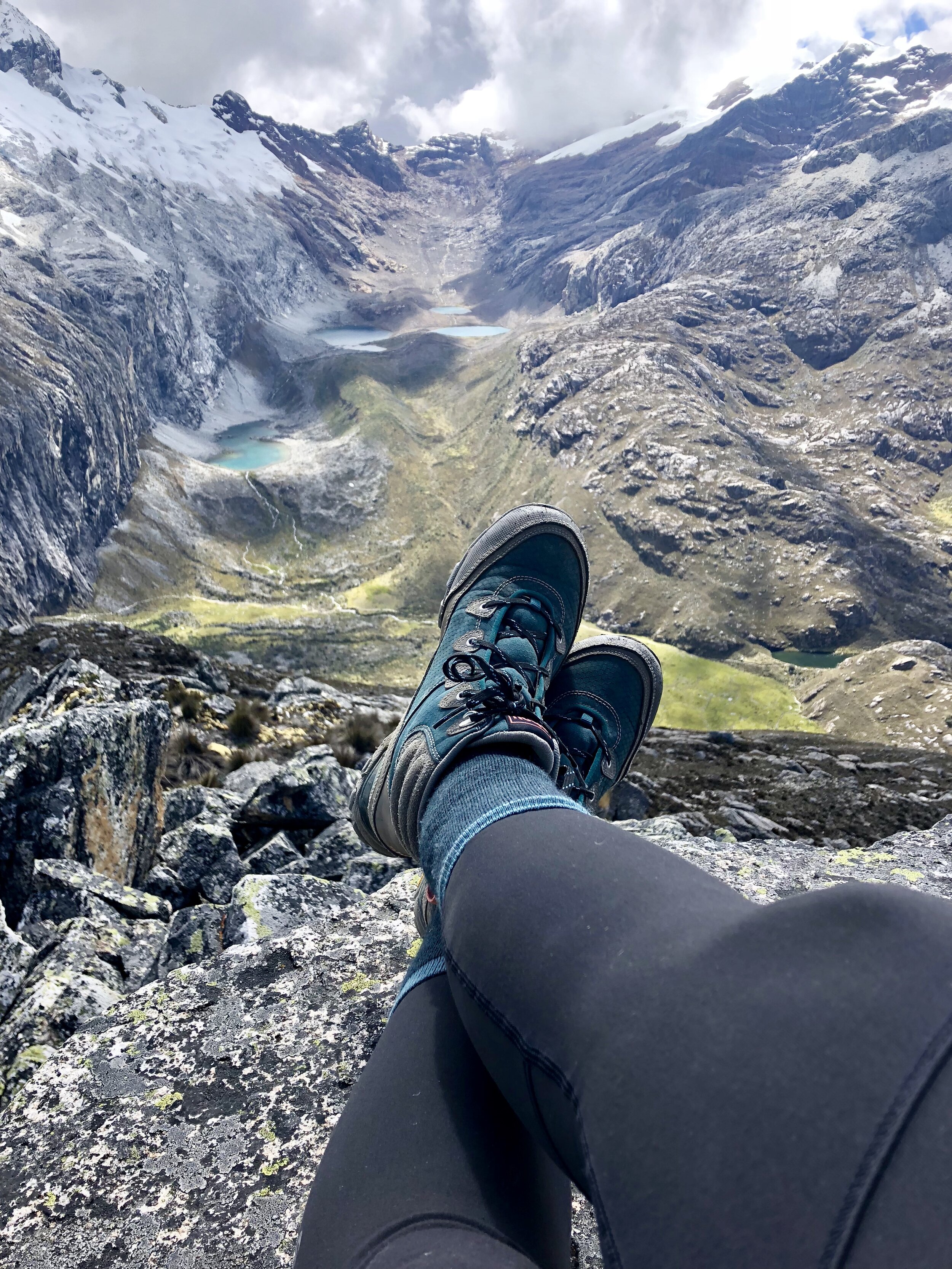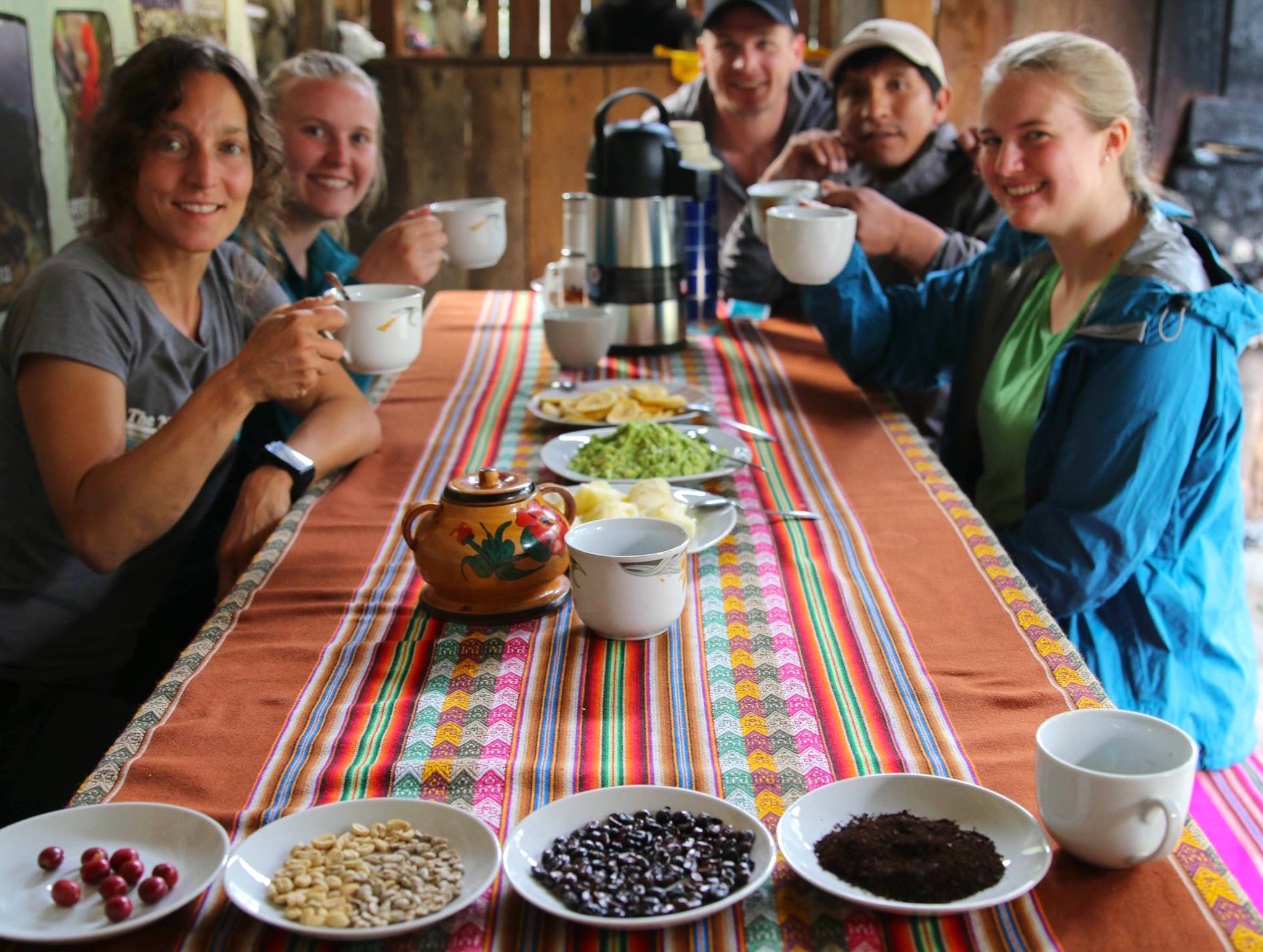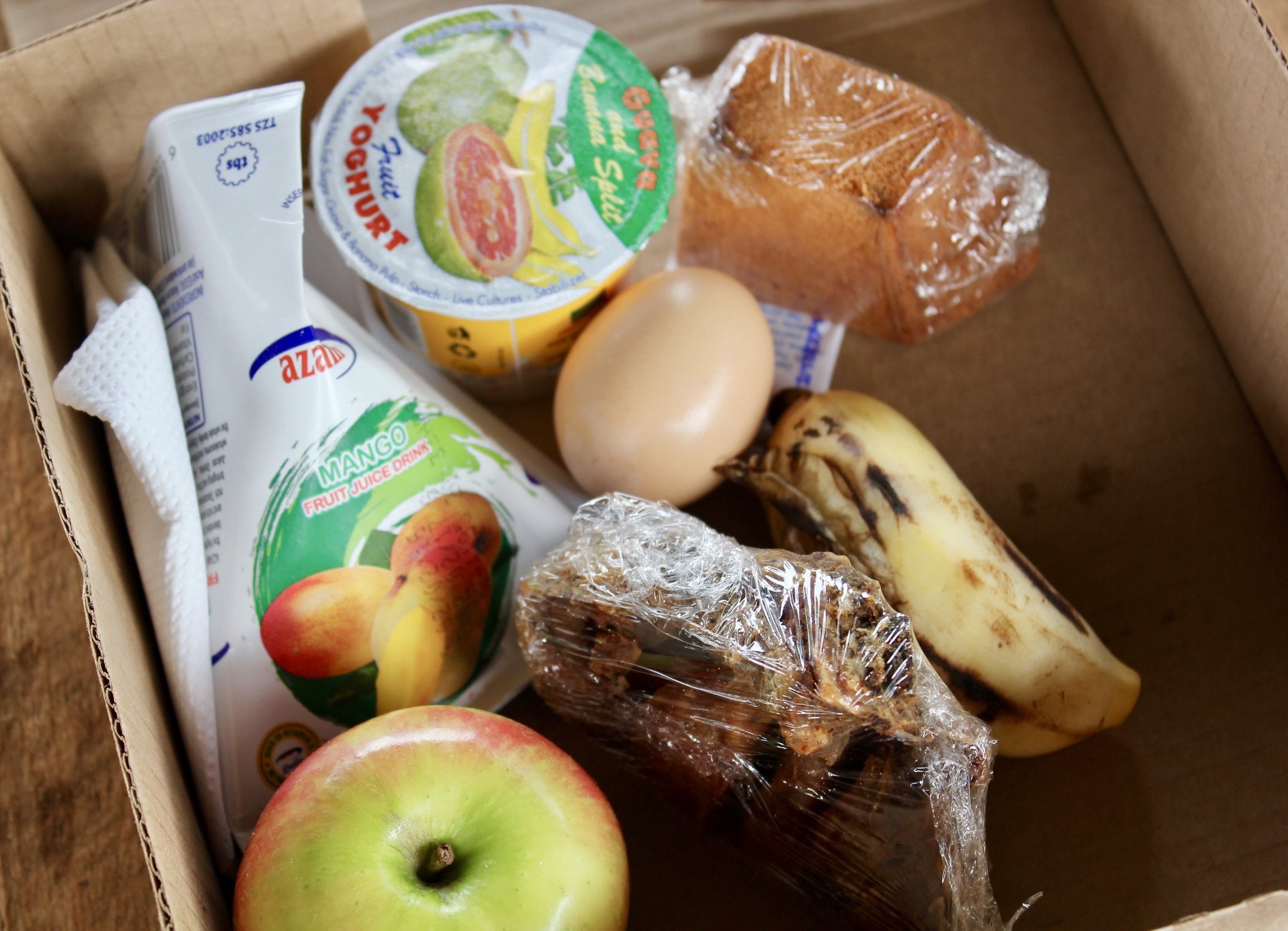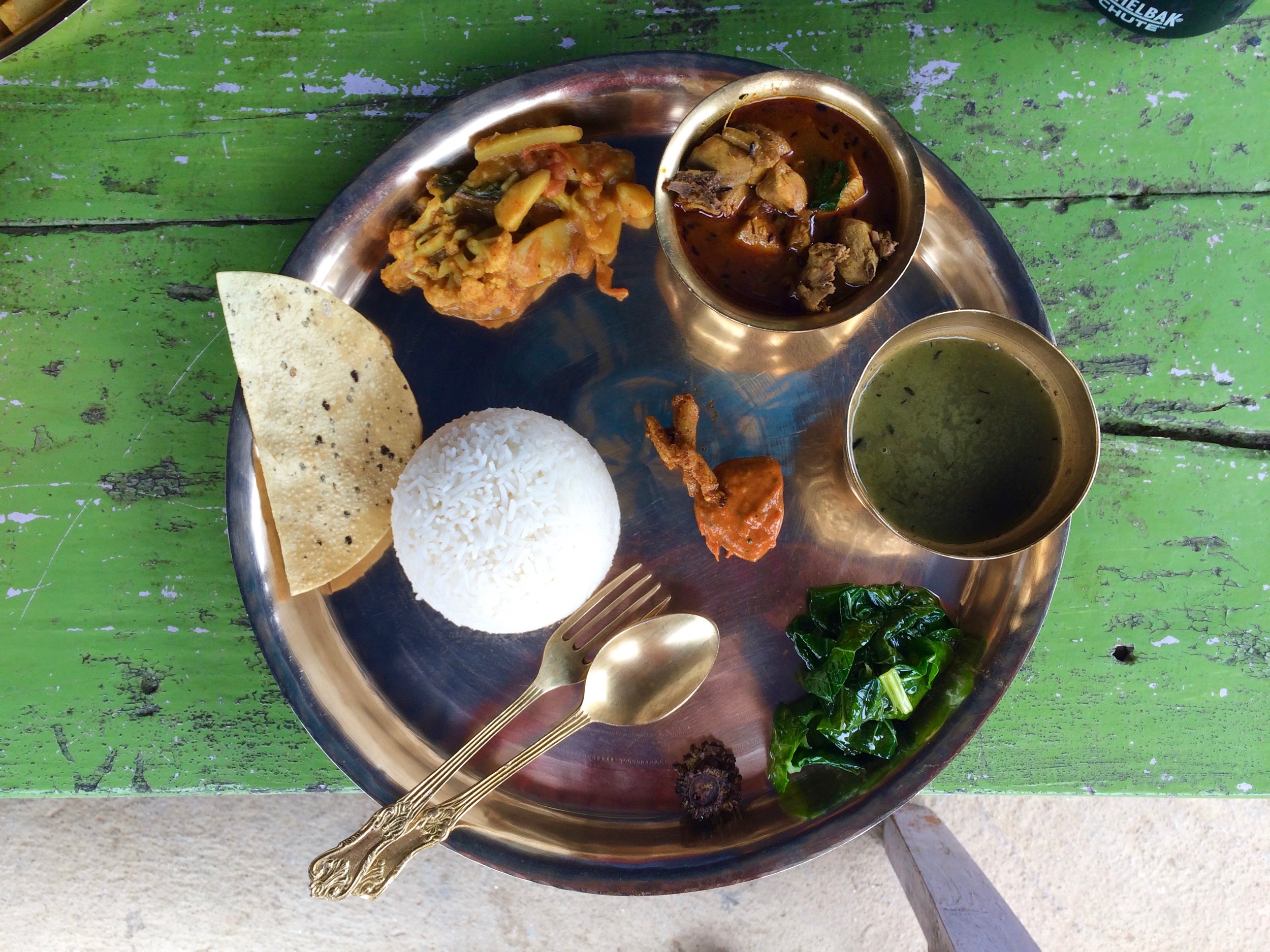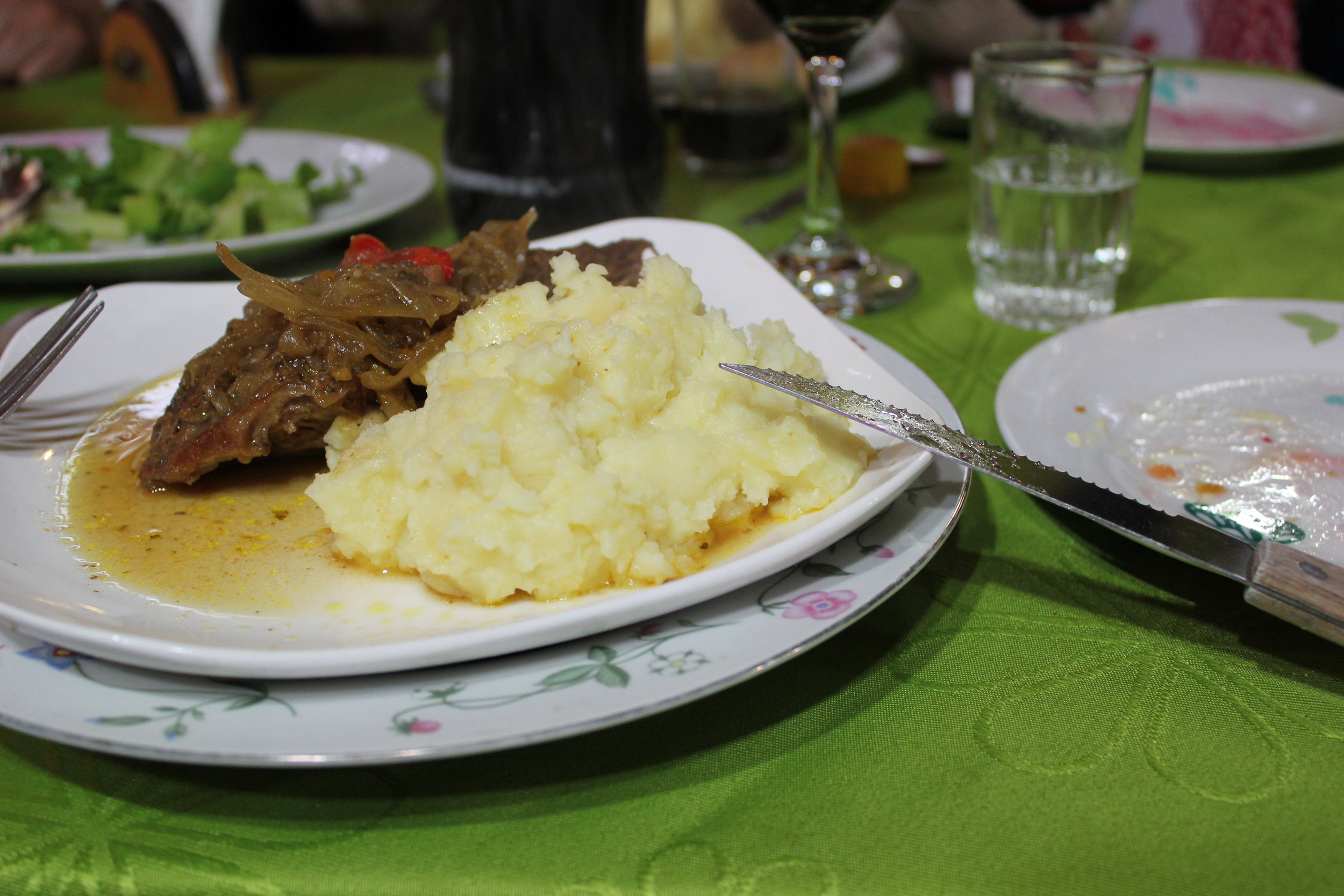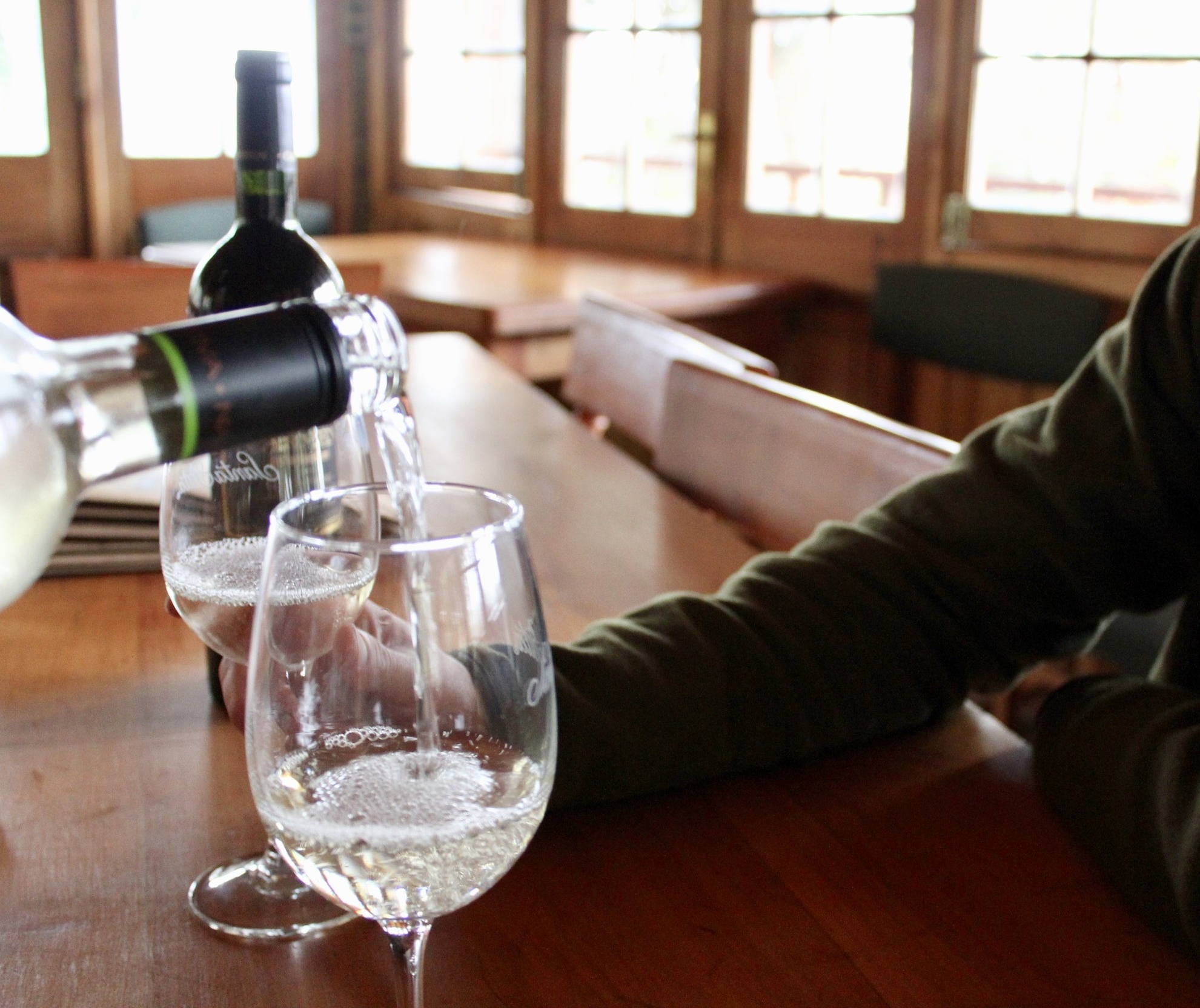Patagonia, the fabled land at the southern tip of South America, is synonymous with vast open spaces, towering mountain peaks, and a sense of utter remoteness. While many trekkers flock to the well-known Torres del Paine, the region offers a plethora of less-visited parks that promise equally stunning landscapes and a more solitary communion with nature.
Hidden Gems of Patagonia
Los Glaciares National Park's northern sector is often overshadowed by the famed Fitz Roy range in the south but offers incredible trekking opportunities amid ice-capped peaks and pristine lakes. Parque Patagonia, a lesser-known yet stunningly beautiful area, offers treks through valleys teeming with wildlife and views of the Patagonian steppe. Further south, Tierra del Fuego presents a raw and windswept landscape at the very end of the continent, where forests, mountains, and glaciers meet the sea.
Wildlife and Wilderness
Patagonia's less-visited parks are a haven for wildlife enthusiasts. Here, you might spot guanacos grazing, Andean condors soaring overhead, or even the elusive puma. The parks are also home to a variety of unique flora, adapted to the harsh, windy climate. Trekking through these areas offers a chance to witness the interplay of life in one of the world's last great wildernesses.
Responsible Trekking
The remote and often fragile ecosystems of Patagonia require a committed approach to conservation. Trekkers are urged to follow leave-no-trace principles, sticking to trails to avoid damaging vegetation, and taking all trash out with them. Given the limited facilities in these less-visited areas, preparation and self-sufficiency are key, as is a respect for the natural environment and the small, often isolated local communities.
Trekking in Patagonia's less-visited parks offers a chance to escape the crowds and immerse yourself in some of the most breathtaking landscapes on the planet. Whether you're navigating the ice fields of Los Glaciares, exploring the new trails of Parque Patagonia, or venturing into the wilds of Tierra del Fuego, you'll find a deep sense of solitude and connection to nature. As you walk these lesser-known paths, remember that you are a steward of this land, responsible for preserving its beauty and wildness for future generations to discover and cherish.



